My Life in China: Two Decades of Transformation Through the Eyes of an American in Shenzhen
An essay about life in China’s newest city.
Preface: The reason I’m writing this essay can be attributed to two of my faithful and friendly followers here on Substack - Proton Magic and Frances Leader. For the past six months they both have been asking me to write more about my life here in China, so here you are. It is my hope that you all will enjoy and appreciate what I have to say.
Downtown Shenzhen City.
---
Introduction: A Journey Through Time and Progress
When I first set foot in Shenzhen in 2004, the city was already buzzing with the energy of a rising dragon. As a wide-eyed, ambitious 46 year-old man from world famous southern California, I could never have imagined that this place would become my home, my muse, and a lens through which I’d witness the rebirth of a nation. Over 19 years, I’ve grown alongside China—from an aspiring businessman to an actor and on to someone with the privilege of entertaining and inspiring 7 million followers from all over China. This essay is not just a chronicle of Shenzhen’s meteoric rise or a dissection of China’s governance; it’s a love letter to the everyday miracles that define life here, and an attempt to bridge the gap between perception and reality for those watching from afar.
Me in Hangzhou city, home of the famous West Lake.
---
Part 1: The Chinese Worldview — Trust, Technology, and the Tightrope of Globalism
A Social Contract Forged in Growth
To understand how Chinese citizens view their government, one must start with the unspoken social contract: stability in exchange for progress. My followers, a cross-section of millennials and Gen Z, often voice pride in China’s ability to lift 800 million people out of poverty. They speak of their grandparents’ stories of hunger and their parents’ first refrigerators, juxtaposed with their own lives of high-speed rail rides and coding bootcamps. This intergenerational progress isn’t abstract—it’s visible in the smartphone-toting farmers livestreaming produce from Yunnan villages, or the fact that in some large rural villages have a robotics lab in their high schools.
The government’s approval ratings, as reflected in Harvard’s long-term surveys (which show over 90% satisfaction), are rooted in tangible outcomes. When a friend of mine filmed a documentary on Xinjiang’s cotton farms last year, he expected tension but found Uyghur teenagers discussing e-commerce startups. This isn’t propaganda; it’s the messy, contradictory reality of a nation stitching itself together through development.
I am known as General Douglas MacArthur in China. I am the one and only.
Technocracy with Chinese Characteristics
China’s governance is increasingly a blend of Confucian meritocracy and Silicon Valley-esque data obsession. Take the pandemic: while Western friends debated lockdowns, my WeChat feed lit up with health code color changes—green for freedom, red for quarantine. This system, powered by Alibaba’s cloud and Tencent’s super-app infrastructure, felt invasive to outsiders. But to my neighbor, a retired professor, it meant his diabetic wife could visit hospitals safely.
The Social Credit System, often mis-portrayed abroad, isn’t a dystopian score but a fragmented experiment. In my apartment complex, high credit residents get deposit-free bike rentals and faster loan approvals. It’s less "Black Mirror" and more a gamified version of a community bulletin board.
Emerging tools like AI judges in Hangzhou’s Internet Court (which settled my copyright dispute with a counterfeiter in 30 minutes) and blockchain-powered tax invoices hint at a future where governance is both omnipresent and invisible. Critics call it authoritarian efficiency; my friends and followers call it “not wasting time in line.”
MacArthur enjoying some quiet time in one of Shenzhen’s beautiful parks.
A Nuanced Global Stance
Chinese youth today are neither nationalist zealots nor Western clones. When I polled my followers on TikTok’s U.S. ban, top comments read: “Why can’t we just have both?” There’s pride in Huawei’s 5G patents and BYD’s electric buses circling Geneva, but also a hunger for Netflix and K-pop. The Belt and Road Initiative isn’t abstract—it’s the Kenyan engineer I met on a talk show who learned Mandarin to operate SGR trains, and the Thai durian vendors on Taobao Live.
Yet, there’s wariness. The trade war felt personal to my friend Chen, a Shenzhen chip designer whose startup faced FDA roadblocks. “We just want to compete,” he sighed. This duality—global ambition paired with defensive resilience—shapes China’s worldview.
Me on set for a TV commercial for one of China’s largest jewelry brands.
---
Part 2: Shenzhen — From Factory Floor to Future City
The Miracle as Lived Experience
In 2004, Shenzhen’s skyline was the Shun Hing Square and a sea of construction cranes. Today, the Ping An Finance Center pierces the clouds at 599 meters, a metaphor for the city’s ascent. My first apartment was in Luohu, then a district of factories and a hub for Hong Kongers to play, shop and live. When I moved to the district of Nanshan, it was full of hi-tech factories and old apartment buildings with little newness. Now, it’s the “Silicon Bay”of China housing Tencent’s penguin-shaped HQ and DJI’s drone labs in addition to 100’s of Fortune 500 companies headquartered here.
The city’s secret? It’s a startup. As a Special Economic Zone (SEZ), Shenzhen operates with the agility of a tech unicorn. When my production team needed permits to film at Shenzhen Bay, the paperwork took hours, not weeks. “Trial and error” is the mantra—from the first Shenzhen Stock Exchange board to the recent digital yuan pilot.
Enjoying life with some friends.
Innovation Ecosystem: More Than Just Copycats
Foreigners often reduce Shenzhen to “the place that copies iPhones.” They miss the story. At the Huaqiangbei electronics market, I’ve seen college dropouts prototype IoT devices overnight. The “Shanzhai” (copycat) culture of the 2000s has evolved into open-source hardware movements. My friend’s startup, Makeblock, began here selling DIY robot kits; now it’s in 20,000 global schools.
The government’s role? Think venture capitalist. Shenzhen offers subsidies covering 50% of R&D costs for AI and biotech firms. When COVID hit, BGI’s sequencing labs—built with municipal funding—developed test kits in days. This isn’t just growth; it’s engineered evolution.
Me during Covid. Having fun in spite of the plandemic circus show.
Life in the 20-Minute City
Urban planning here feels like living inside a smartphone—designed for seamless interaction. For many in this city, a typical Saturday consists of: bike-sharing (via WeChat scan) to a “smart park” with solar-powered benches charging their phones, lunch ordered on Meituan with 30-minute delivery or by drone ordered from a food kiosk, then a metro ride (face-scan entry) to OCT Loft’s art galleries.
Shenzhen’s green ambitions are visceral. The Mangrove Nature Reserve, once a dumping ground, now houses endangered egrets. The 30+ underground and above ground metro lines are electric powered that moved millions of people all over the city daily. All the buses and taxis are electric, and most of the cars on the streets here are EVs with license plates won in the city’s lottery—a nudge toward sustainability.
Bicycling along the 12 mile long bayside pedestrian and bike path. That’s HK autonomous region in the background.
---
Part 3: China Unseen — The Invisible Scaffolding of Daily Life
The Cashless Revolution: Beyond Convenience
I’ve been cashless for 8 years now and don’t need to carry cash for any reason because everything in China is attainable by scanning a QR code. It’s so easy, fast and convenient. All my banking is done by phone apps and never have to enter a bank and wait in long lines to do simple money transfers. Foreigners gasp when I tell them I pay street vendors via QR code. But they miss the deeper shift. In 2015, when WeChat Pay integrated with Lunar New Year red packets, it digitized tradition. My friend’s 80-year-old aunt now sends digital “hongbao” to her grandchildren. Money became social, programmable.
This ecosystem birthed micro-entrepreneurship. During lockdowns, people sold goods and services via WeChat groups. The fruit stalls up the street from my apartment complex uses Douyin (TikTok) ads, targeting 3km neighborhoods. It’s capitalism with Chinese characteristics—decentralized yet platform-mediated.
Me in the neighboring city of Guangzhou in front of the Pearl Tower.
The Logistics Matrix
A Shanghai fan once mailed me homemade mooncakes, delivered in 6 hours via SF Express. China’s logistics network, with its 98,000 delivery stations and 4 million couriers, isn’t just fast—it’s a social equalizer. My friend’s mountain-climbing gear brand thrives because a herder in Qinghai can receive orders as quickly as a Beijing CEO.
Community 2.0: From Danwei to WeChat Groups
The old “danwei” (work unit) system has digitized. Rural housing complex’s WeChat groups buzzes with notices about garbage sorting schedules and city infrastructure improvements. The “grid management” system, where each neighborhood is overseen by a party secretary, feels less Big Brother and more hyperlocal customer service. When a sewer pipe bursts, a citizen messages the grid admin and city repairmen are there to repair it within hours. It’s just one example of how the government here in China cares for its people no matter where they are. The government here genuinely cares about people, especially foreigners. I’m often treated extra special because I’m a foreigner who has lived in China many years and has traveled all over the country. They respect me and like to show their wealth and appreciation to westerners. This fact alone has improved my overall attitude on life making me a happier and healthier person. Shenzhen is a city filled with nearly 20 million people from all over the world and a population that has a an average age of 30. Living here for so long keeps me young, energetic and ambitious. In America, I would be a nobody living out his retirement years. At nearly 66 years old, I’m just getting started.
This year I’m going to be focusing on my acting career which will bring me more opportunities to earn more money, more fans, more popularity and enjoy my life even more than I currently do now. I’ve acted in three movies here in the last 4 years, all of them blockbusters, nearly $2.3 Billion in box office earnings. I will have a lead role in a major TV series starting this April and will more them likely have lead roles in 2-3 movies that will be released in China this year or early next year.
Me in a scene from the blockbuster movie, Chosen Lake.
---
Conclusion: The Symphony of a Civilization-State
Living here is like watching a 5,000-year-old civilization remix itself into a cyberpunk novel. Shenzhen’s glow illuminates both the promise and paradoxes of modern China—a place where ancient tea ceremonies coexist with quantum computing labs, and where the government’s “visible hand” guides the market’s chaos.
To me, Shenzhen is the new Hong Kong. It’s filled with world class malls, restaurants, art galleries, sports venues, luxury hotels, beautiful parks, amazing skyscrapers, classy bars, relaxing beach resorts, AI automated factories, amusement parks, and high-rise apartments.
When I ponder over my life here in China, as I often do, over a cup of coconut latte at a Luckin’ Coffee, I feel so blessed to be living in this wonderful country during it’s Golden Years. So many things to be grateful for and so many people to cherish from a place thousands of miles from where I was born.
To my foreign friends: China isn’t a monolith. It’s the scent of cumin lamb skewers in a Hui Muslim alley, the hum of server farms beneath Zhejiang’s mountains, and the laughter of my followers in livestream chats debating everything from anime to AI ethics.
Me with some of my fans.
As I write this Substack essay in my spacious Shenzhen high-rise apartment, watching drones light the night sky for a tech expo, I’m reminded of a Tang Dynasty poem: “欲穷千里目,更上一层楼.” To see a thousand miles, climb one more floor. China’s ascent continues, one floor, one algorithm, one dream at a time.
If any of you have your own experience living in China and want to share them with us, I would like to hear about them as would some of my SS followers would too. Peace


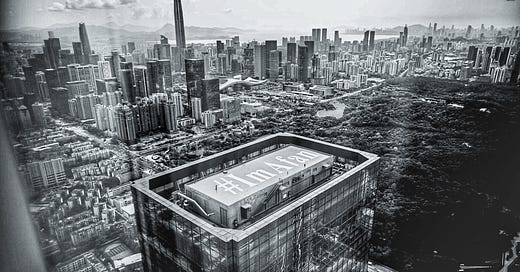




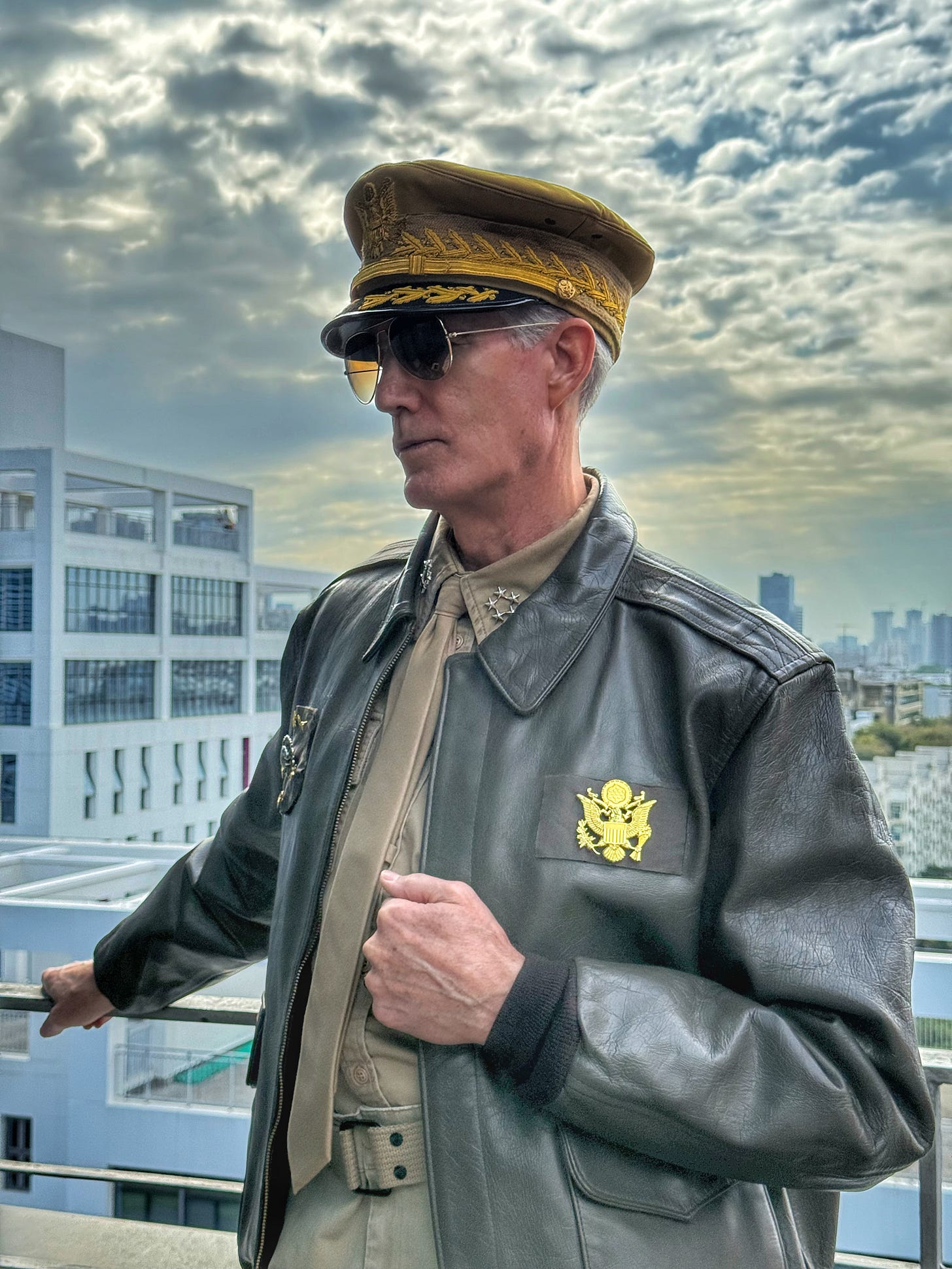

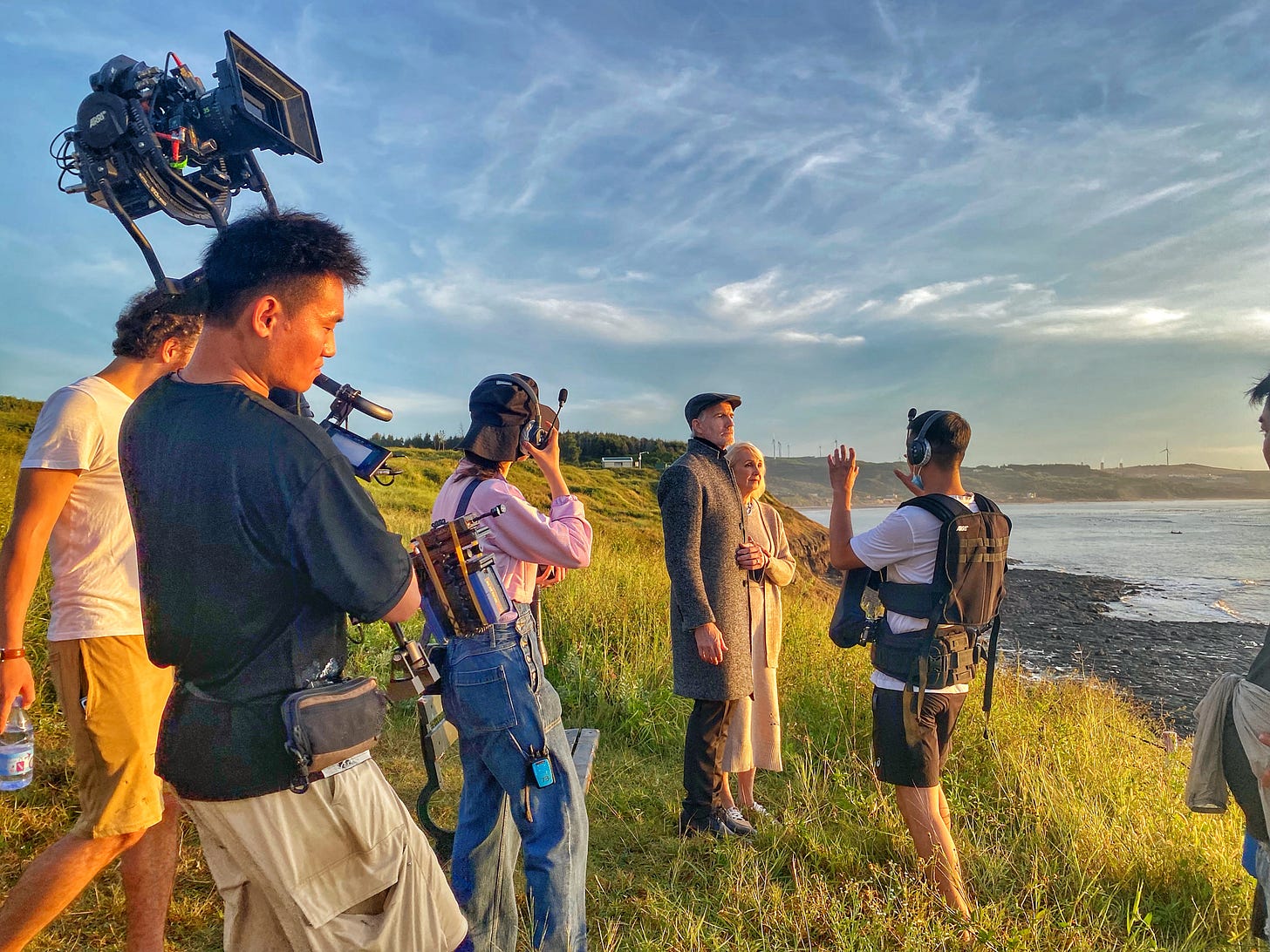
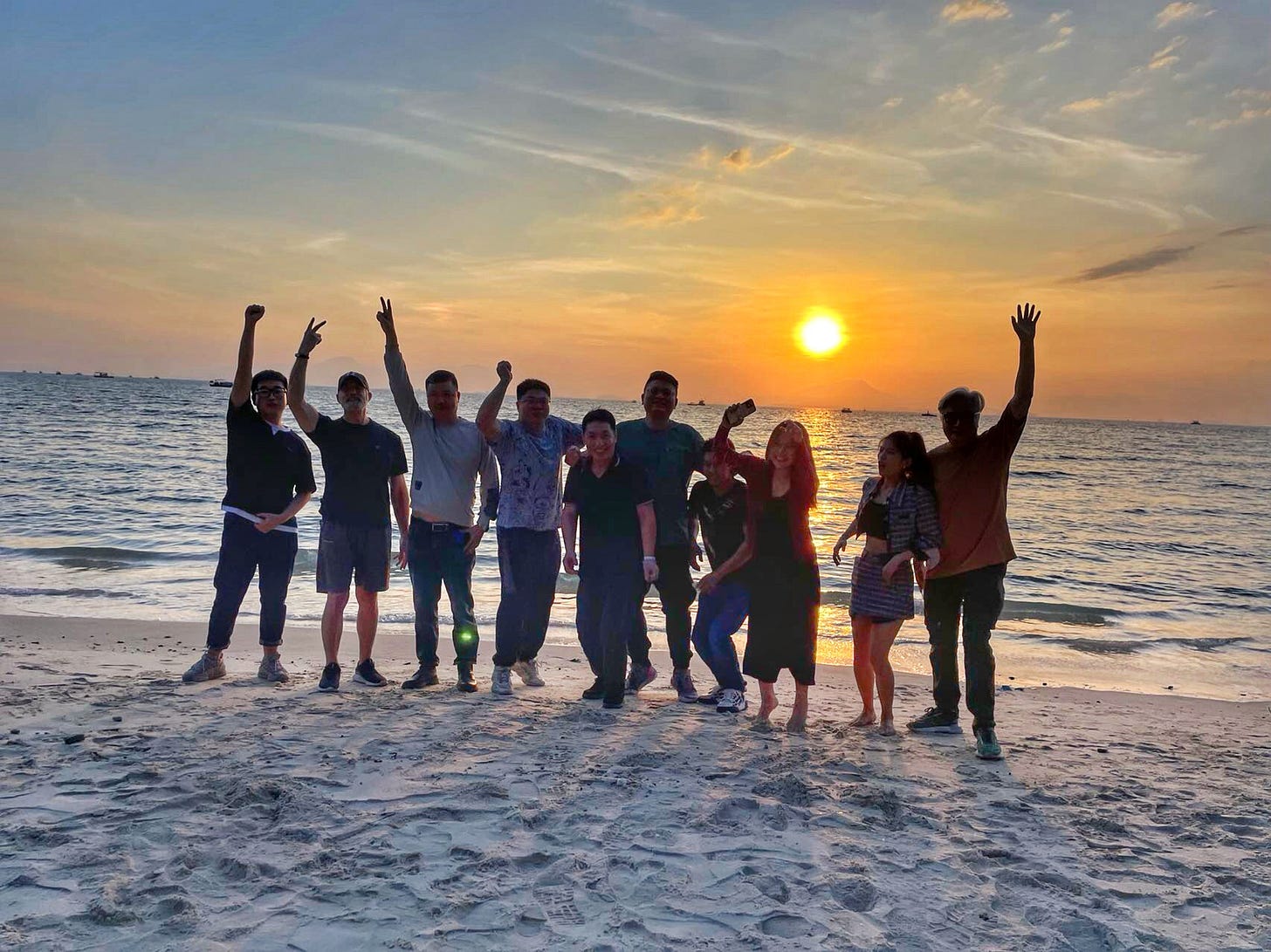
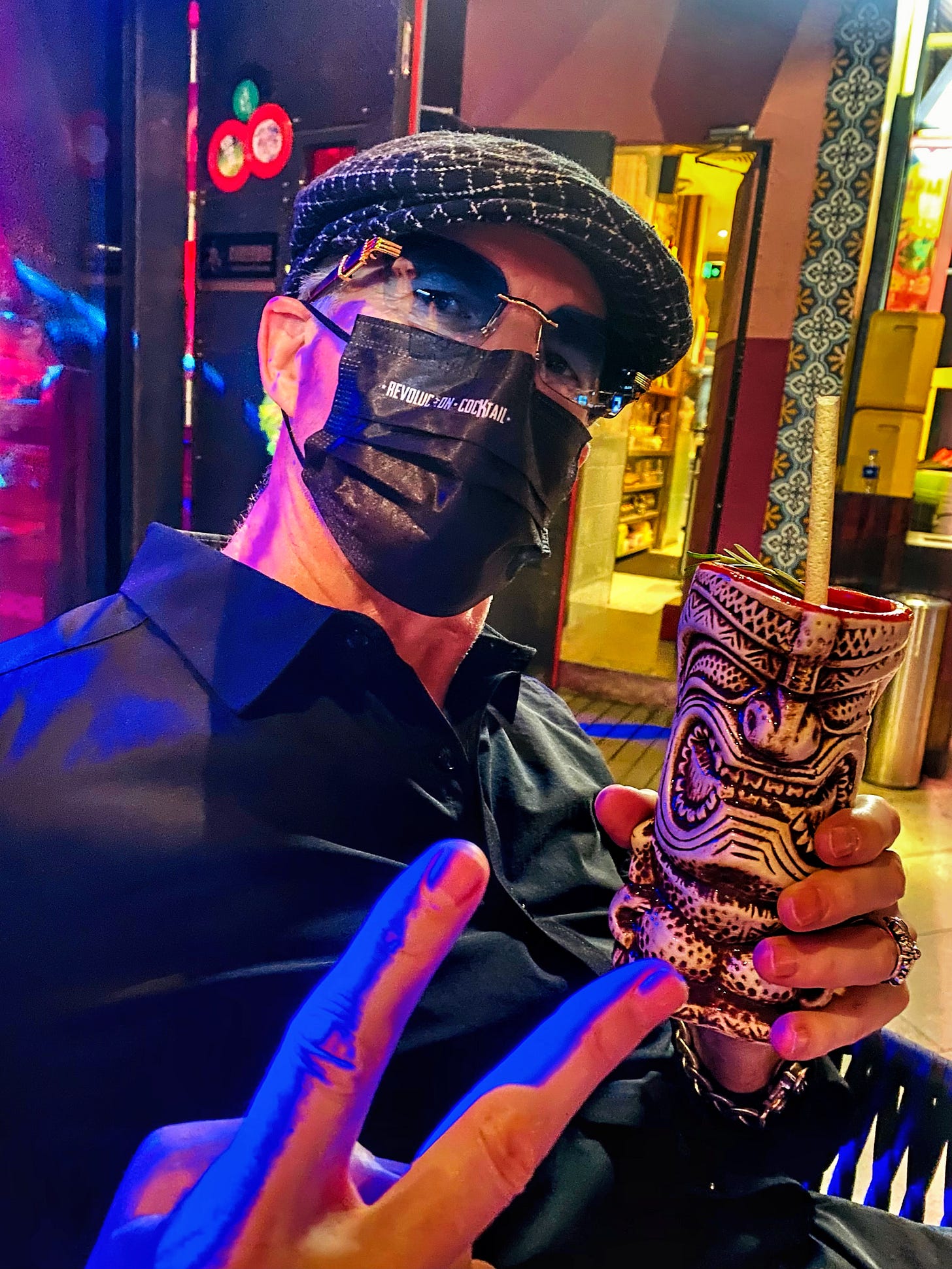

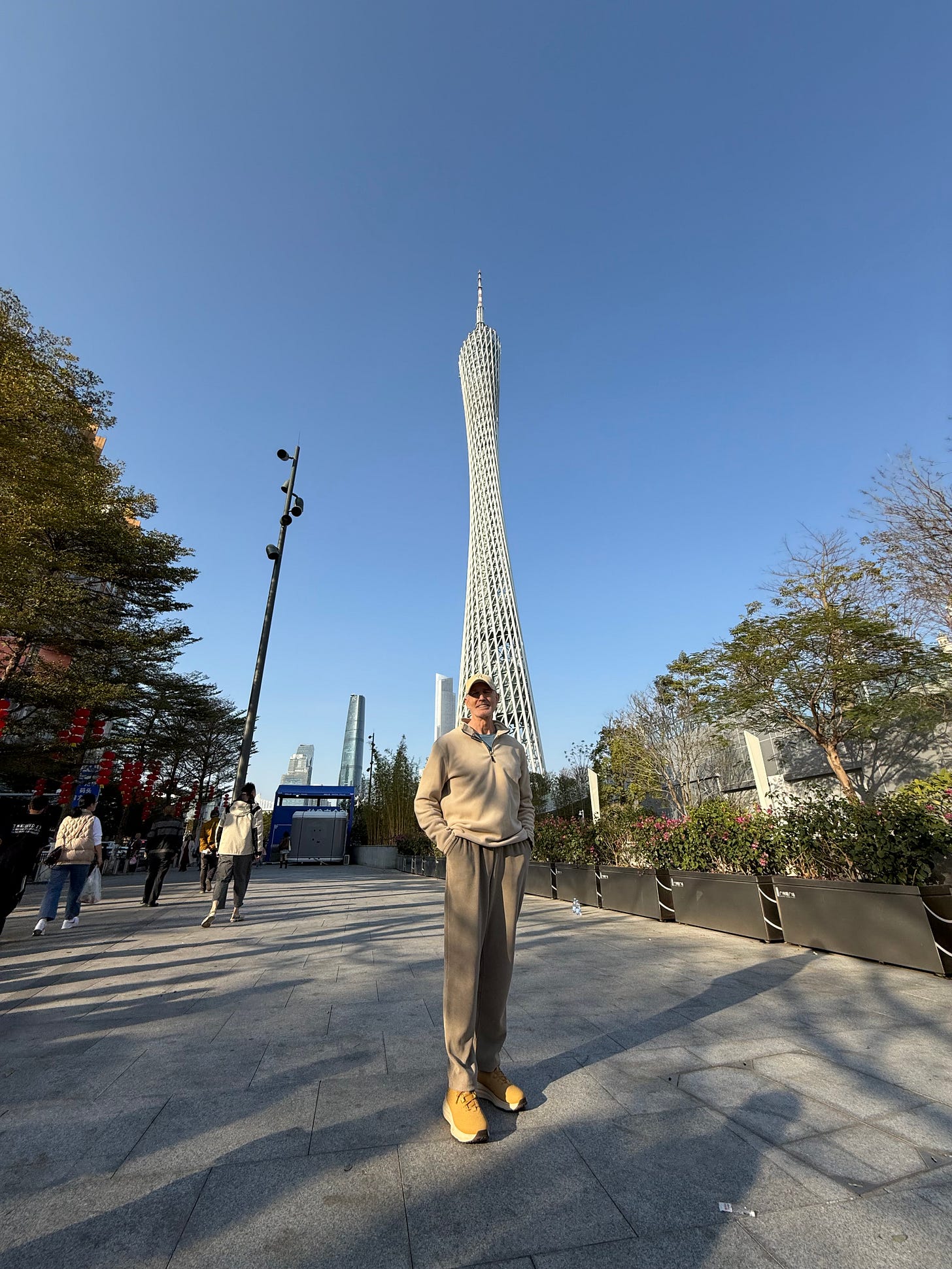
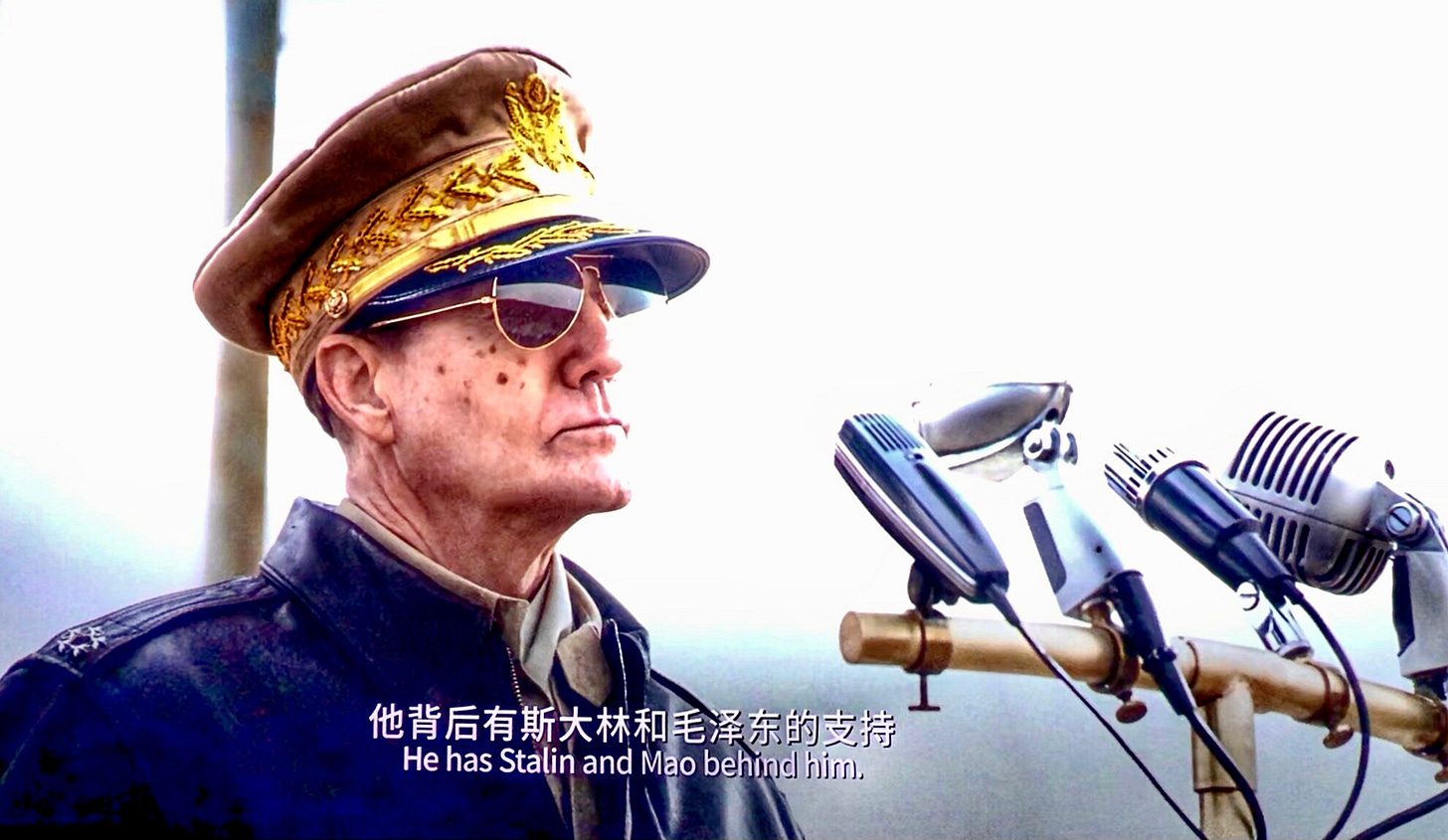
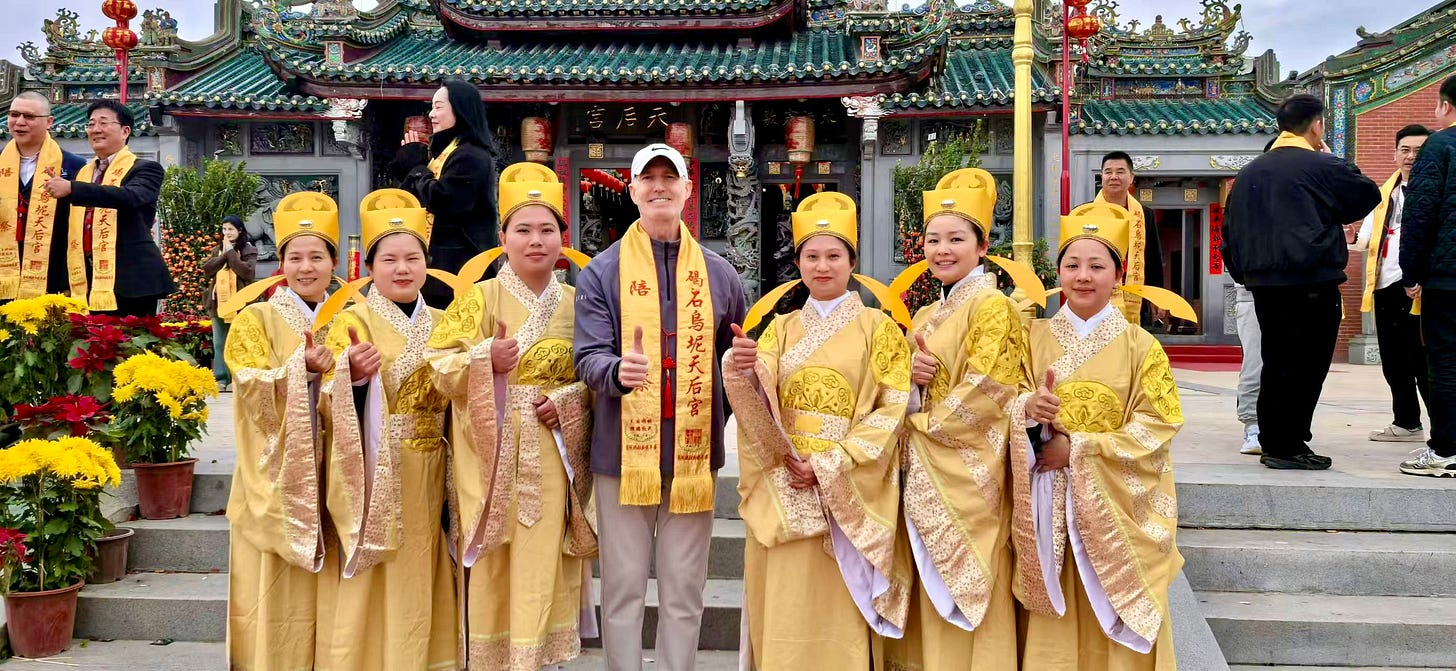
Thank you very much for this. I appreciate your perspective. It wouldn't be the life for me, because I personally hate over-organized, digital 'things' but I do admire certain aspects and certainly see how people can be very happy living in China. Where the West uses digital tech in the West to spy and oppress, China uses it to advance it's population. Wouldn't we all love to live in a country where the government appreciates it's people and cares for them? Two questions; was there a push (by media, government officials etc.) to get the jab in China, and how are protections from wireless radiation/blue light in China? Are Chinese exposed to insane levels, is there awareness of the dangers?
Thanks James, excellent and moving story and photos! It's great to see you thriving there, and your sharing some of your personal life with us. It's some sort of destiny 因縁 that you have been able to hook up with all of us in this strange corner of Substack. Speaking of SS, do you think there is any issue on the topics you read and write about with the authorities there?
It also shows that tech can be used for the good of people's lives, hope China will keep it that way, though I worry about their tying full tech dependency into health care (=longevity grid). Japan is moving slowly in this direction, but cash is still king here. Bill Gates has a humongous "home" aka Illuminati command center an hour from Tokyo, wonder if that will be the control center of the "Pan-Asian State"?
Can't thank you enough for your efforts in making this post and we'll keep in close touch. -PM